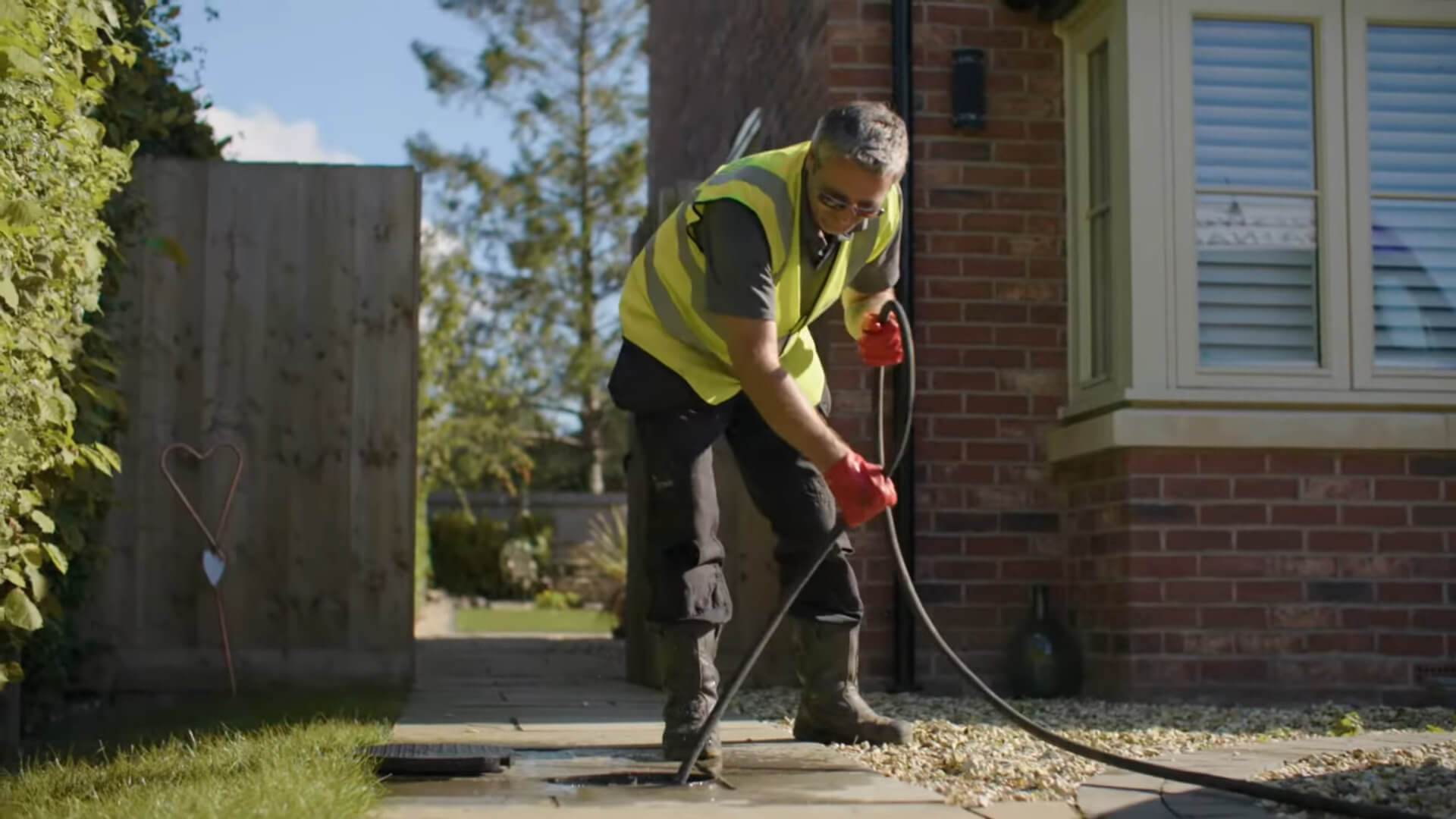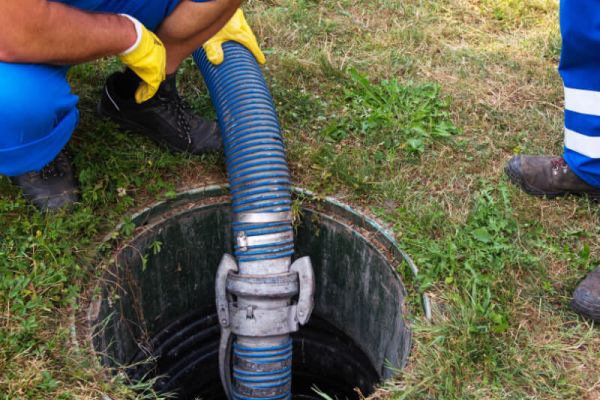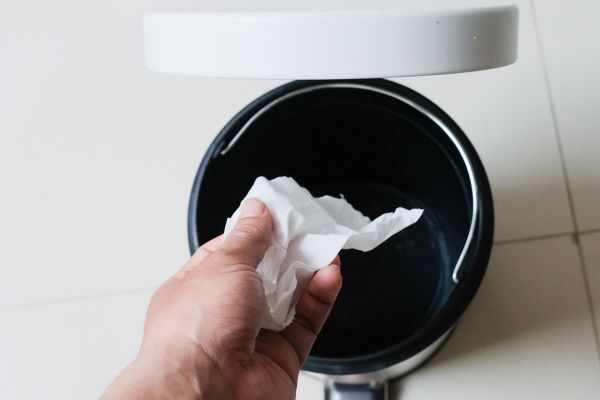In this article
Repair, Not Despair: Fixing Collapsed or Misaligned Pipes
We all rely on our drainage systems to operate seamlessly, but when pipes collapse or shift out of place, it can trigger a cascade of problems, transforming a comfortable home into a stressful environment. From the insidious slow drain to the catastrophic flooding, a damaged pipe can rapidly escalate into a significant financial burden if left unattended.
The silver lining? Proactive measures, including timely repairs, consistent maintenance, and meticulous surveys, can avert major disruptions and exorbitant repair costs, safeguarding your property and peace of mind.
Signs of a Collapsed or Misaligned Pipe
Recognising the subtle cues of a compromised drainage system is paramount. Here’s a more detailed breakdown of the warning signs to watch for:
- Slow Drains and Toilets:
- Beyond a simple blockage, persistently sluggish drainage indicates potential structural damage.
- Water lingering in sinks or toilets long after use suggests a narrowing or obstruction within the pipe.
- This restriction can be caused by a collapse or misalignment, hindering proper flow.
- Gurgling and Bubbling Noises:
- These unsettling sounds are often the result of trapped air pockets within the drainage system.
- When pipes are damaged, they can create uneven flow and airlocks, leading to these audible disturbances.
- These sounds can travel through the pipe network, and be heard in multiple drain locations.
- Pervasive Unpleasant Odours:
- A persistent, foul stench, even after cleaning, signals potential wastewater leakage.
- Cracks or breaks in pipes allow sewage to seep into the surrounding soil, generating noxious gases.
- This can create a health hazard as well as an unpleasant environment.
- Recurring and Stubborn Blockages:
- Frequent blockages, despite regular plunging or drain cleaning, point to an underlying structural issue.
- A misaligned or collapsed pipe can create a bottleneck, trapping debris and leading to repeated obstructions.
- This is a sign of a location where debris is becoming trapped, rather than a single event.
- Unexplained Water Pooling in the Garden or Yard:
- Sudden, unexplained soggy patches or puddles indicate a potential underground pipe leak.
- A broken pipe can release significant amounts of water into the surrounding soil, creating visible signs of damage.
- This can also lead to soil erosion, and damage to surrounding plants.
What Causes Pipes to Collapse or Shift?
Understanding the root causes of pipe failure empowers you to implement effective preventative measures. Here’s a more in-depth look:
- The Invasion of Tree Roots:
- Tree roots are naturally drawn to moisture, and sewer lines provide an ideal water source.
- These roots can infiltrate pipes through even the smallest cracks, expanding over time and causing significant blockages and collapses.
- Some tree species are more aggressive than others, and the proximity of trees to pipes is a large factor.
- The Unpredictable Nature of Ground Movement:
- Fluctuations in soil conditions, triggered by heavy rainfall, prolonged drought, or nearby construction activities, can displace pipes.
- These shifts can lead to misalignments, cracks, and breaks, compromising the integrity of the drainage system.
- Areas with high clay content in the soil are more likely to have ground movement issues.
- The Decline of Old or Damaged Pipes:
- Pipes, like any other material, deteriorate over time due to corrosion, wear and tear, and inadequate installation.
- Older pipes, particularly those made from clay or cast iron, are more susceptible to damage and collapse.
- The chemicals in modern cleaning products can also accelerate the deterioration of older pipes.
- The Weight of Heavy Traffic:
- Vehicular traffic or heavy equipment passing over underground pipes can exert significant pressure, leading to cracks and collapses.
- This is particularly common in areas with shallow pipe installations or heavy industrial activity.
- This is why correct pipe rating for the location is very important.

Preventing Costly Repairs with Regular Maintenance
Preventative maintenance is the cornerstone of a healthy drainage system. Here’s how to implement a robust maintenance strategy:
- Comprehensive CCTV Drain Surveys:
- CCTV drain surveys offer a detailed, real-time view of your underground pipes, enabling early detection of potential problems.
- These surveys can identify cracks, blockages, misalignments, and other issues that may not be apparent from the surface.
- These surveys should be carried out periodically, and after any major ground work.
- Rigorous Drain Clearing Practices:
- Avoid flushing non-biodegradable items, such as wet wipes, sanitary products, and excessive grease, which can accumulate and cause blockages.
- Regular professional drain cleaning can remove stubborn debris and prevent the buildup of obstructions.
- Using enzyme based cleaners can help break down organic material within the pipes.
- Addressing Minor Issues Promptly:
- Don’t dismiss seemingly minor issues, such as slow drains or gurgling noises.
- Addressing these problems early can prevent them from escalating into major repairs.
- Early intervention and timely drain repairs can save large amounts of money.
What to Do If You Suspect a Collapsed or Misaligned Pipe
When faced with a damaged drainage system, a professional drainage specialist can recommend the most appropriate solution:
- The Innovation of Pipe Relining:
- Pipe relining offers a trenchless solution, minimising disruption to your property.
- A durable liner is inserted into the existing pipe, creating a new, seamless inner layer that seals cracks and restores flow.
- This is a cost effective solution, and can add years of life to a drainage system.
- The Necessity of Drain Excavation:
- In cases of severe pipe damage or collapse, excavation may be necessary to replace broken sections.
- This method involves digging trenches to access and repair the affected pipes.
- Modern excavation techniques can minimise disruption.
- The Force of High-Pressure Jetting:
- High-pressure water jetting can effectively clear stubborn blockages and debris from pipes.
- This method uses a powerful stream of water to dislodge obstructions and restore normal flow.
- This is a very effective way to clear blockages, but a CCTV survey should be carried out first, to ensure the pipe is sound.
Final Thoughts
Your drainage system plays a crucial role in keeping your home running smoothly. By staying alert to warning signs, booking regular surveys, and dealing with minor issues promptly, you can avoid major disruptions and expensive repairs.
If you’re dealing with a potential drainage issue, don’t wait for it to get worse—act now and protect your home from costly damage.
Get in touch
Contact our friendly and professional team via form, phone or email for any drainage issues you may have.
From blocked drains to septic tank repairs and replacements, we're here to help. We have over 25 years of experience and offer 24/7 emergency callouts.
-
01386 882324
-
WhatsApp
-
This email address is being protected from spambots. You need JavaScript enabled to view it. -
See what our customers think


